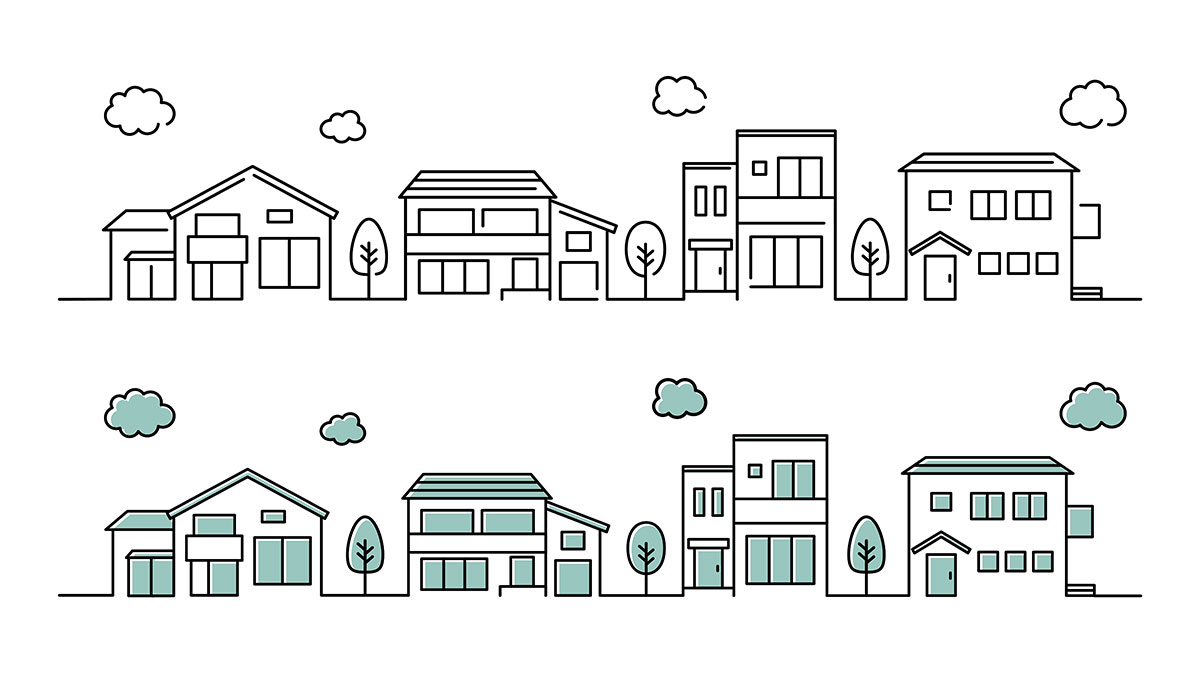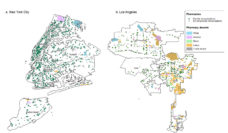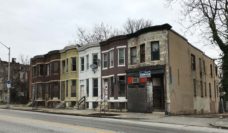Many health disparities have persisted in the U.S. over the past 30 years. Exploring the source of these disparities has led me to study our environment, such as the neighborhoods we live in, over and above individual factors like heredity. As a social epidemiologist, I explore the root causes and persistence of health disparities, specifically their link to differences in exposure to neighborhood conditions. In my latest analysis, I created a multidimensional measure of the neighborhood environment.
In public health, we typically collect indicators of a single community dimension, such as affluence or disadvantage, and estimate it at a single point in time. However, this approach doesn’t reflect the multidimensional and shifting nature of communities in real life. Existing longitudinal studies can help us understand the accumulation of neighborhood (dis)advantages throughout the life course. But we must first overcome the challenge of quantifying the multiple dimensions of neighborhood context.
The ways neighborhood environments create exposure to health risks can be viewed under a lens of vulnerability. I created a neighborhood vulnerability index by combining levels of affluence (education, high income, professional employment) and disadvantage (poverty, unemployment, and public assistance) with other social aspects such as the race of neighborhood residents into one measure. I then estimated index scores by census tract for the four race-by-gender groups included in the Americans’ Changing Lives study, the longest ongoing study of Black and white adults who were ages 25 and older when the study began 1986.
Neighborhood vulnerability index scores were higher for Black Americans compared to whites between 1986 and 2011. While results show exposure to neighborhood vulnerability decreased overall, the rates of decline were slower where Black Americans lived compared to whites (and to a lesser extent for women compared to men). This resulted in widening racial disparities across this 25-year period. When I compared neighborhood vulnerability index scores between the four groups, I noticed the influence of both race and gender on neighborhood health risks. Black women in the study were exposed to the highest levels of neighborhood vulnerability at all times. There appeared to be a persistent and reinforcing pattern of differences in neighborhood conditions along racial AND gender lines in the United States.
Moreover, I found that Black Americans appear to reside in very different neighborhoods, which shows the lasting effect of residential racial segregation.
Moreover, I found that Black Americans appear to reside in very different neighborhoods, which shows the lasting effect of residential racial segregation. This finding conflicts (to some extent) with research showing declining segregation between 1960 and 2000. However, other research has shown persistent racial segregation over the past several decades (1990–2016) despite increases in residential integration in some areas.
The health of Black Americans (particularly Black women) remains vulnerable partially due to residential racial segregation. And this contributes to ongoing health and socioeconomic inequities. The neighborhood vulnerability index provides a new method of accounting for structural exposure to health risks otherwise unaccounted for by focusing on individual dimensions or exposures.
Future studies should estimate neighborhood vulnerability in more diverse samples. This will allow for additional racial/ethnic group comparisons and allow us to further examine patterns of exposure to neighborhood vulnerability among U.S. adults. Also, identifying possible associations between neighborhood vulnerability index and health outcomes could provide additional evidence of a direct link between neighborhood and health. Knowing more about the links between place and health could further support the need to shift local policies, systems, and environments to reduce racial and gender health inequities. Neighborhood vulnerability could also be addressed by using civic engagement and political action to advocate for more health resources and address residential segregation.
Photo via Getty Images














